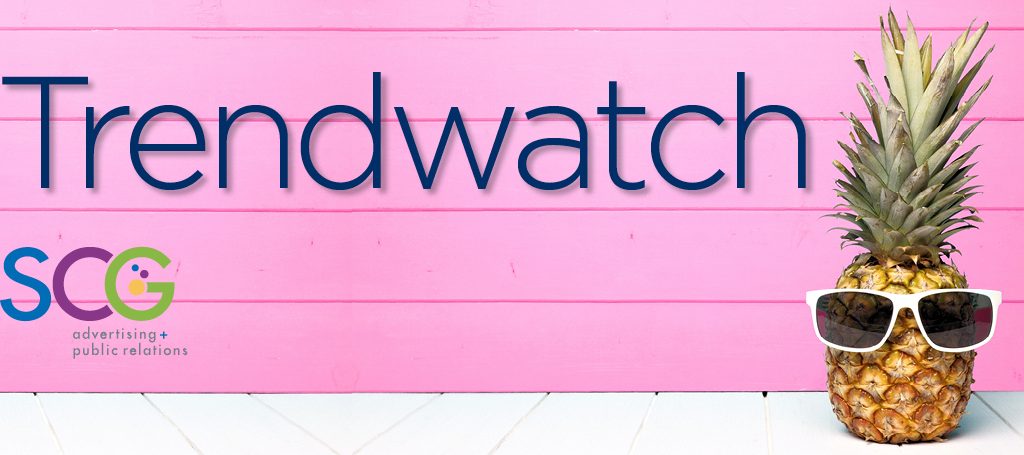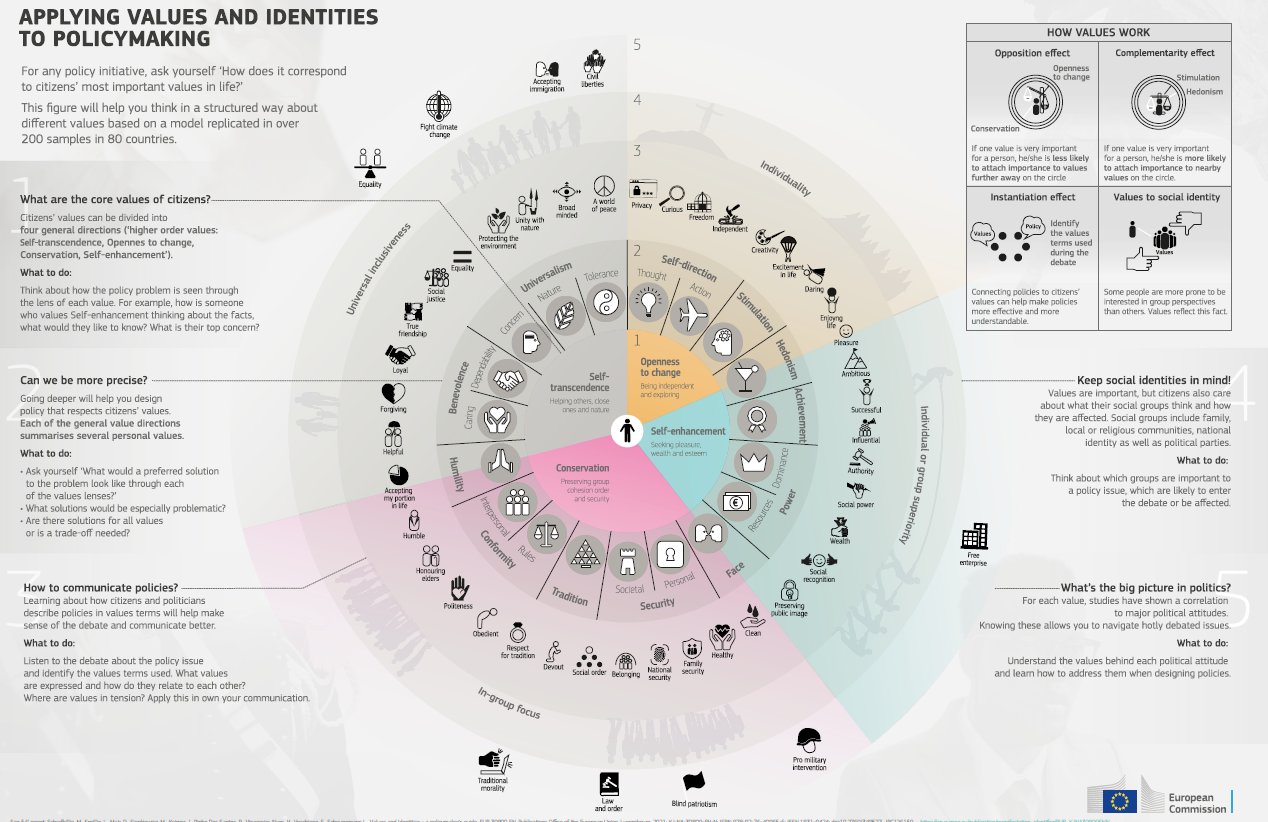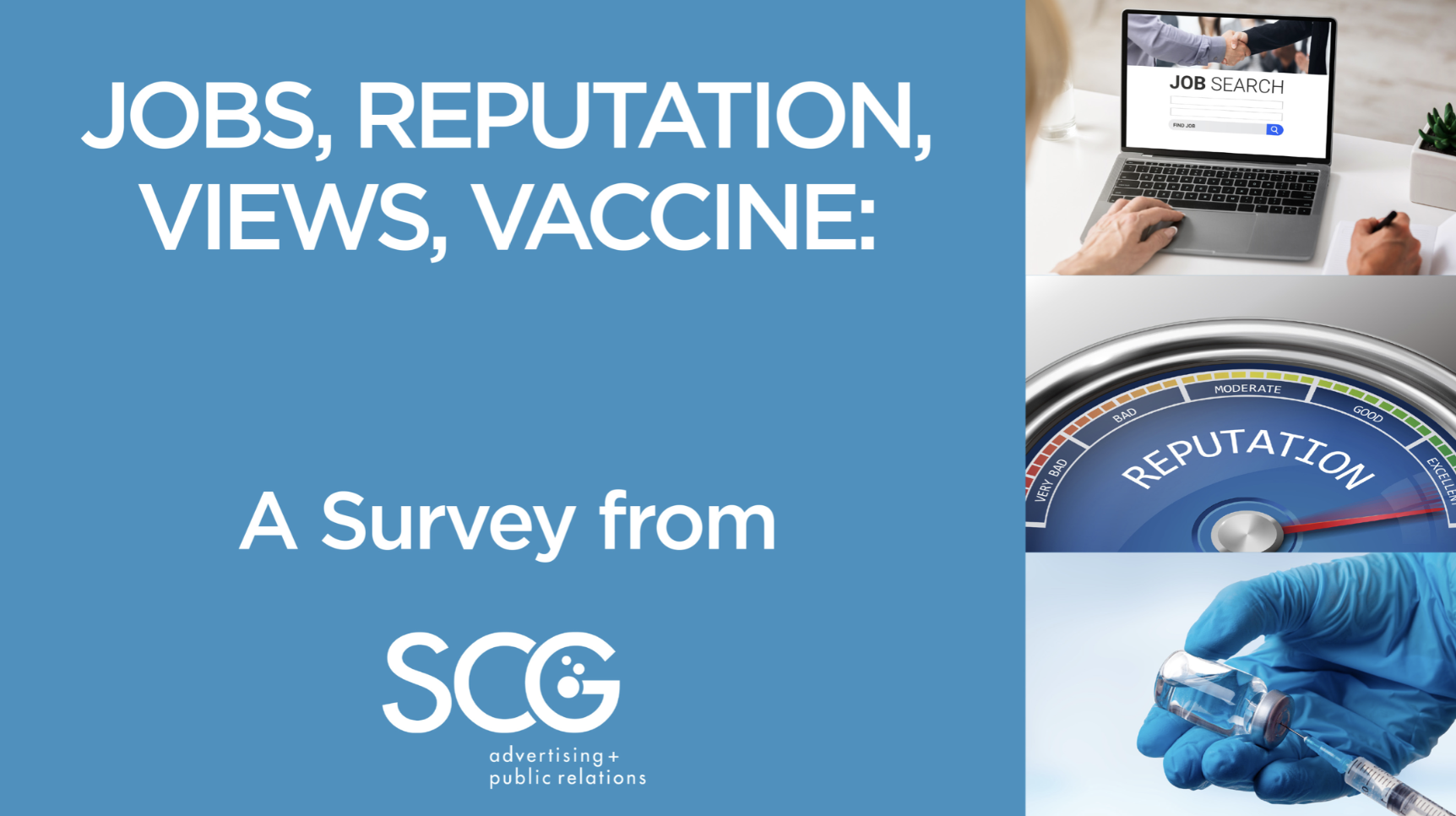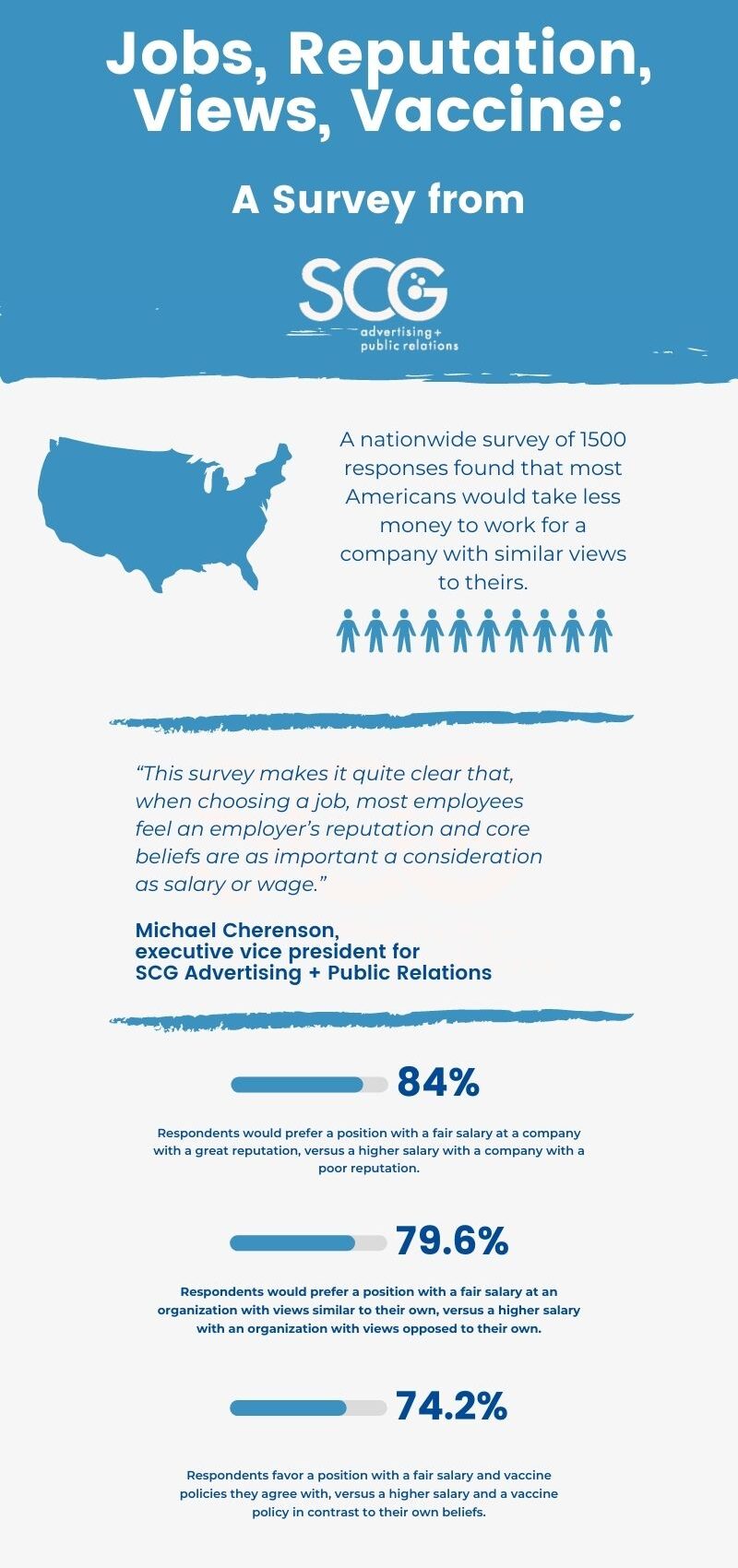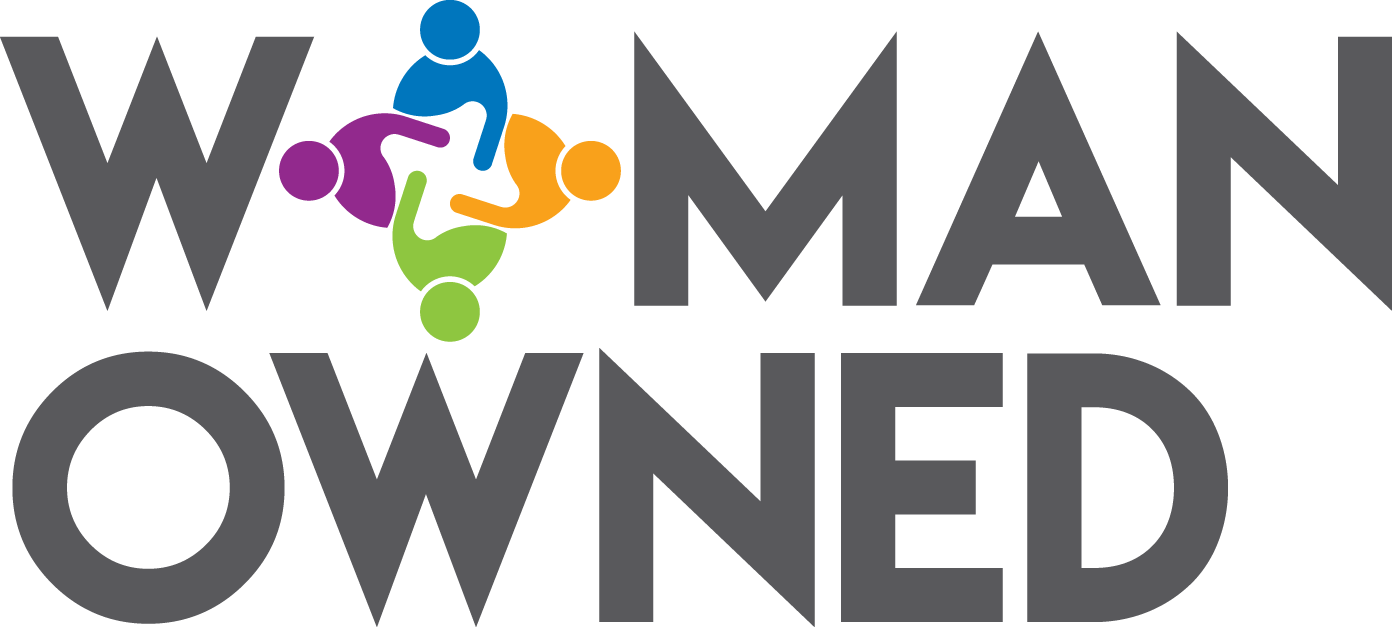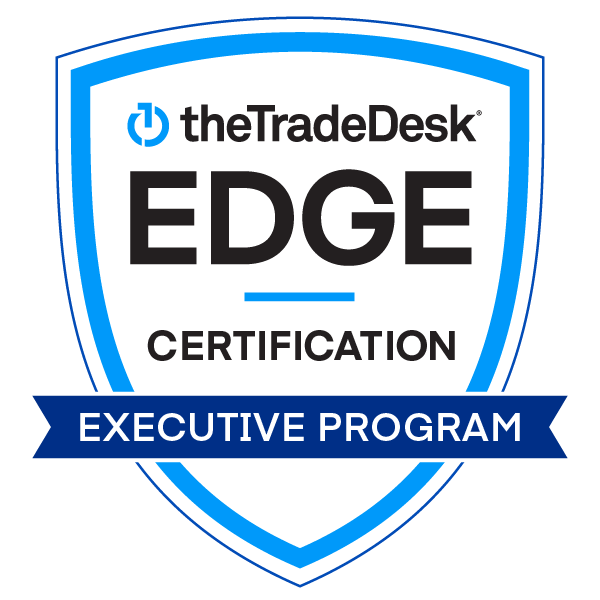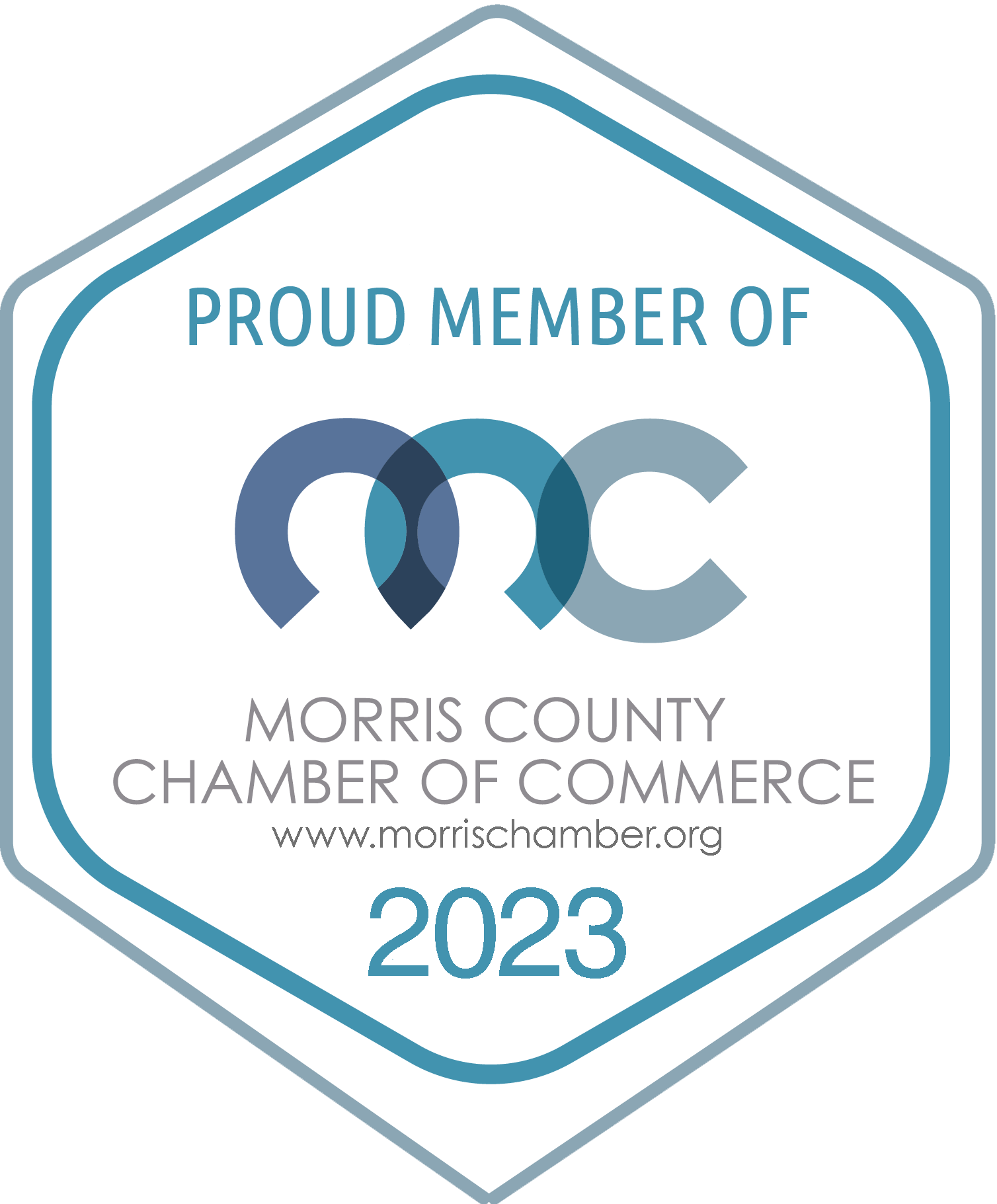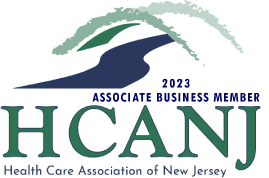Monday, August 8th is International Cat Day!
I was never a cat person. We always had dogs. Then a mama cat gifted me with kittens, twice, and my journey to crazy cat lady began. Don’t worry. We found homes for many and with the support of my favorite vets, we got everyone checked out, vaccinated, and made sure there wouldn’t be more kittens. Cat behavior is interesting and got me thinking about how it correlates to my recruitment marketing business at SCG.
#1 – Cats are like passive candidates. You can’t force your intentions on them. They have to come to you. If you dangle the right toy/treat/message and wait patiently, they will eventually acknowledge and respond.
#2 – Looks can be deceiving. Our cats are adorable but have a killer instinct, keeping birds, chipmunks, mice, etc. on notice. In recruitment marketing, you need to review resumes carefully and don’t judge too quickly. You also shouldn’t judge on appearance. Some very talented employees may come with tattoos, piercings, or non-traditional hair choices.
#3 – I often find “gifts” from the cats that aren’t necessarily on my wish list. Sometimes it’s about aligning background and experience with the appropriate open requisition and not just judging against the job applied for.
#4 – I’m a morning person. Many of the cats are night prowlers. I try to understand their behavior and adapt accordingly. When hiring for different shifts, think like your candidate. Put your message out on late night radio or tv. It’s usually less expensive than those coveted drive time radio slots or prime time tv. Host a virtual hiring event or just have a chat bot available for questions overnight.
#5 – Like people, cats need to feel welcomed as part of the team. We recently took in a new cat that needed to be rehomed. He hid under the bed for days. Super timid. Then we put a collar on him and his personality dramatically shifted. Suddenly, he engaged with humans and cats alike. It seemed he needed to feel secure in his new home. In recruitment marketing, whether it’s a branded polo shirt, computer bag, coffee mug or something else, welcome new hires with something that says they are part of the team. For those working onsite, also consider a special badge or pin that identifies new hires so that coworkers can spot them and help when they seem lost or might need assistance.
#6 – Every cat has their own language. Who knew…purring is not the official cat language. Some cats vocalize with sounds that are almost words. Our Amelia has a high-pitched trilling meow. Others are almost silent unless they feel threatened and may hiss or growl. Candidates also have different communication styles. In this market, be open to communicating via phone call, email, text…at least in the beginning. Unless it’s critical to the job function, listen to words as much as communication style. Interviewing can be a stressful situation and well qualified candidates may not perform well. When looking for bilingual candidates use bilingual messaging in ethnic media and be mindful of cultural differences/sensitivities.
Catalina is the cat who started it all and is now Queen of the clowder. From a homeless girl in trouble to a beloved family pet who never strays, she’s found her place. May your recruiting journeys be equally rewarding.

Tina Davis
VP, Account Services
SCG Advertising & PR




